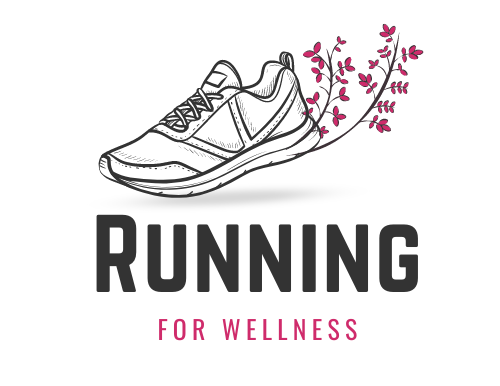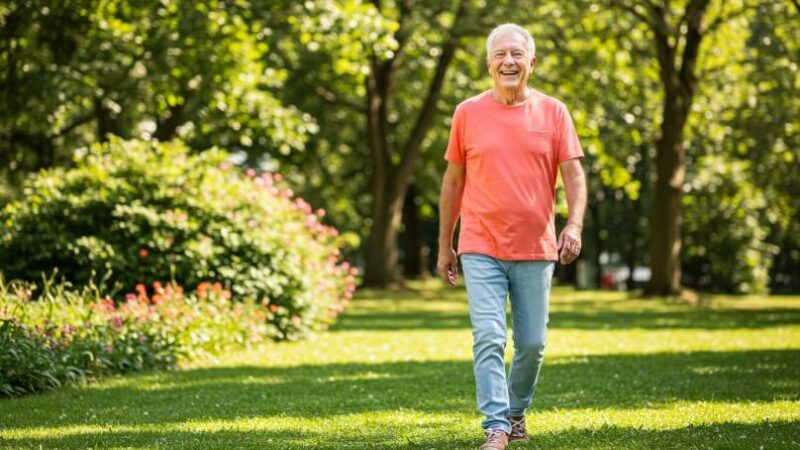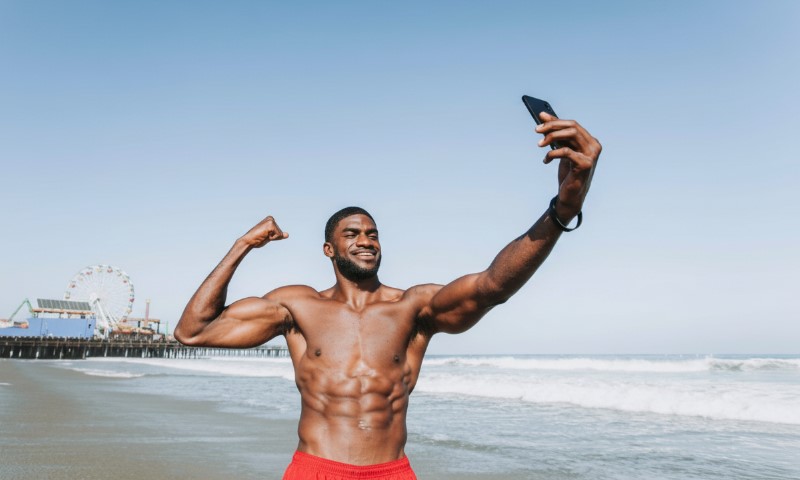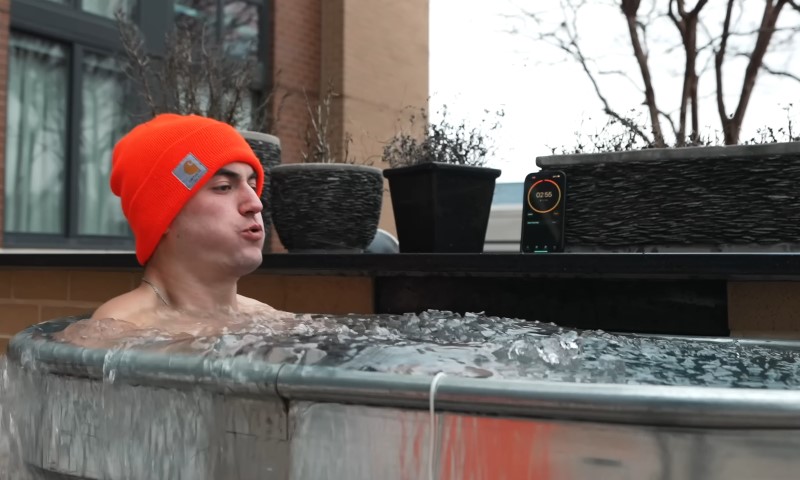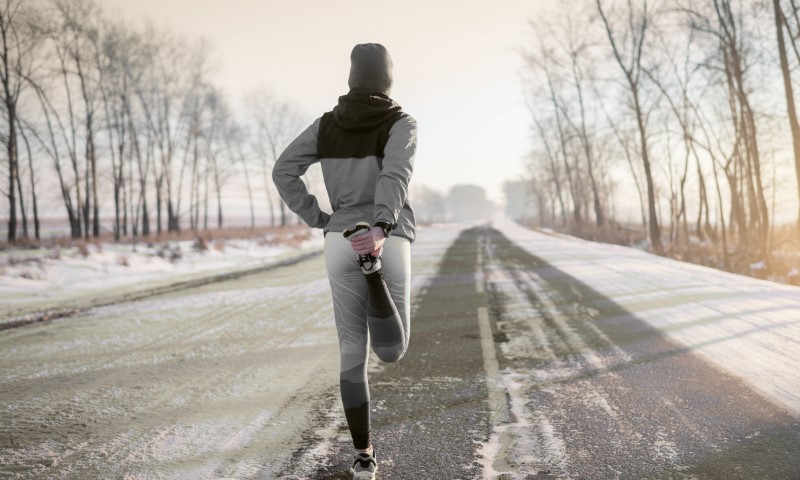There’s a quiet myth that wellness is a young person’s game: spin classes, green smoothies, biohacks, the whole bit. But the truth? Real wellness matters even more as we age. For seniors, it’s about staying safe, staying steady, and holding on to the freedom to live life on their own terms.
Health in later years often begins with one simple factor: safety. From fall-proofing the home to staying active in ways that protect the joints, safety-first wellness helps older adults stay independent, confident, and connected.
And it’s not about bubble-wrapping your life. It’s about making smart, supportive choices that keep the door open to everything from daily walks to dinner with the grandkids.
In the sections ahead, we’ll get specific about what that looks like, and how safety lays the foundation for long-term strength, stability, and quality of life.
Aging Actively Starts with Feeling Secure

It’s hard to focus on health if you don’t feel safe. That’s physical too. Many older adults want to stay active, but fear of falling or being alone during a medical emergency keeps them from doing so.
Walking around the block, tending to the garden, or even taking the stairs becomes a risk calculus. But the truth is, the more sedentary you become, the more that risk increases. Strength, balance, and mobility decline when you don’t use them.
That’s why safety needs to be part of the wellness conversation. Devices like personal emergency response systems offer a quiet confidence boost. One example is Life Assure, a monitoring service trusted across Canada.
They don’t take center stage, but they make it possible to live without constant what-ifs hanging over your day. And sometimes, that’s what unlocks a more active lifestyle.
Let’s Redefine “Exercise” for Real Life
One of the biggest turn-offs for older adults when it comes to wellness content? The unrealistic standards. Not everyone wants to hit the gym five days a week or take up tai chi at sunrise. And that’s okay.
Exercise in your 70s or 80s looks different from it did in your 30s, and that doesn’t make it any less valid.
Here are a few movement-friendly options that actually fit daily life:
- Intentional walking: Not just errands, but setting aside 10–15 minutes to move at your own pace.
- Chair yoga or gentle stretches: Ideal for improving flexibility and reducing stiffness.
- Light resistance training: Think soup cans or resistance bands for arm curls and leg lifts.
- Balance practice: Standing on one foot near the kitchen counter is a good start.
- Daily chores: Yes, vacuuming and gardening count too!
The trick is consistency. Movement doesn’t have to be fancy to be effective; it just has to happen often enough that your body stays engaged.
The Role of Routine in Senior Wellness
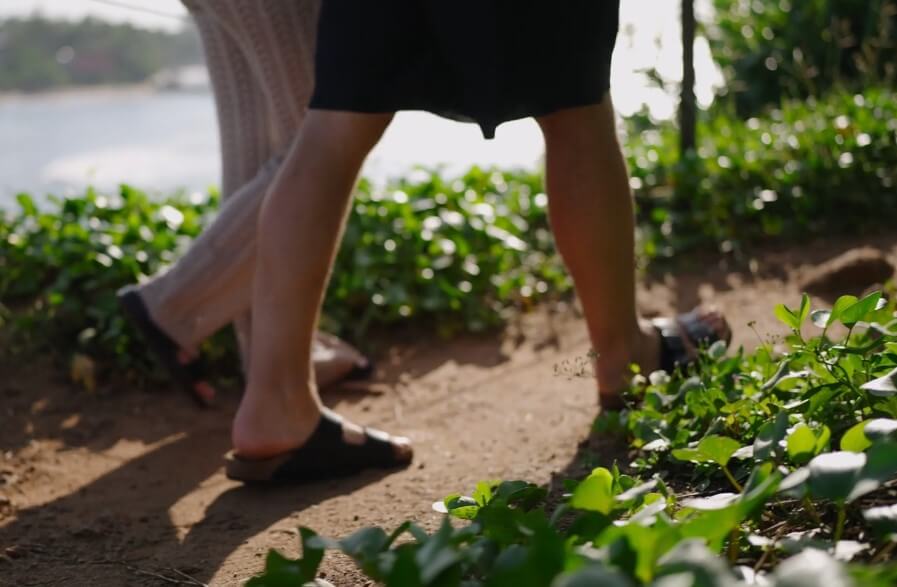
For older adults, structure provides both stability and motivation. A predictable rhythm can reduce anxiety, support better sleep, and make room for healthy habits to stick. That might sound basic, but it’s surprisingly powerful.
A solid daily routine can include:
- Waking up and going to bed at the same time
- Scheduled walks or exercise blocks
- Planned meals and snacks to avoid energy dips
- Short social check-ins with friends or family
- A set time to take medication or check health stats
Even leisure has a place in a healthy routine – morning coffee with a crossword, a favorite podcast after lunch, or evening stretches before bed. These little rituals give shape to the day, which can help boost mood and focus.
Mental Health Deserves Space Too
Wellness isn’t just physical. Emotional resilience and mental stimulation are just as essential, and just as vulnerable with age. Seniors face unique challenges: retirement identity shifts, social isolation, or dealing with the loss of peers. These can weigh heavily, even when physical health is stable.
Some practical ways to support senior mental health:
- Stay socially active: Whether it’s through community groups, phone calls, or book clubs.
- Stay mentally curious: Learning new things (even simple ones) helps the brain stay sharp.
- Allow quiet time: Reflection, journaling, or light meditation can help process stress.
- Ask for help when needed: Therapy isn’t just for the young. Seniors benefit too.
Feeling mentally well also plays into physical safety, because when anxiety or brain fog creeps in, falls and other accidents are more likely. Everything’s connected.
Technology That Supports, Not Replaces, Independence
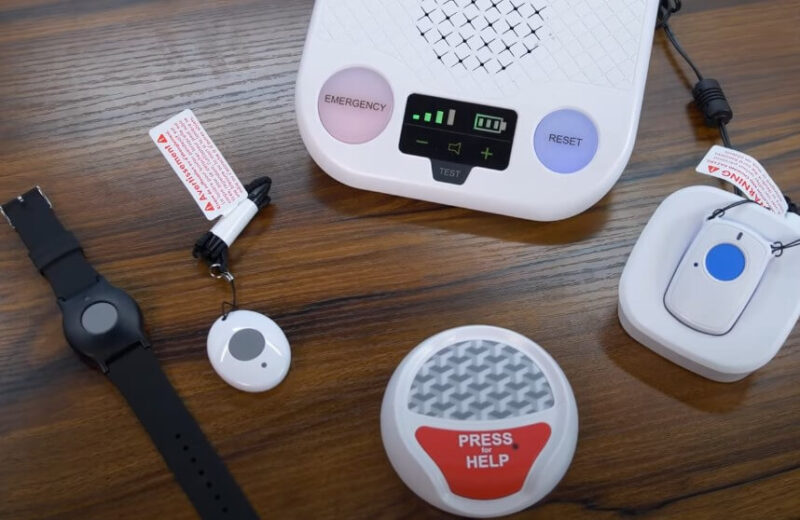
There’s a fear that once safety devices come into play, independence goes out the window. That couldn’t be further from the truth. In fact, the right tools can extend the time seniors spend living on their own terms.
Personal alert systems, like those from Life Assure, don’t hover or interfere; they’re there if something goes wrong. Think of them like seatbelts: hopefully never needed, but always good to have. They’re especially helpful for:
- People who live alone
- Seniors with a history of falls
- Anyone with a medical condition like diabetes or heart disease
- Older adults who are still mobile but want a backup plan
The best part? These systems are built for discretion and comfort. No loud alarms or bulky gadgets, just subtle tools that say, “I’ve got your back.”
Supporting Aging Parents? You’re Part of the Wellness Plan Too
@robbietseng The specialist is booked for a few weeks, I feel bad for my mom 🥺 I learned from them and live with ailments longer then I should, but taking care of my dad then mom has forced me to address things together. Make shure to use all your benefits before the year is up! #caregiverlife #agingparents
For adult children reading this, wellness for your parents isn’t just their business; it’s yours too. You’re likely the one helping with doctor’s appointments, doing grocery runs, or checking in after storms. It’s love, yes, but it’s also labor.
Safety systems for the caregivers, too. Knowing that Mom can press a button if something happens? That’s peace of mind when you can’t be there in person. And it frees up emotional bandwidth for both of you.
Bonus: When aging parents feel more secure, they’re more likely to say yes to walks, events, or even solo travel. That confidence is contagious.
Why “Wellness” Must Grow Up
Too often, wellness content acts like aging is something to be avoided instead of embraced. But growing older is the system working. The key is helping people feel good while it happens.
This means more than just kale salads and journaling prompts. It means:
- Prioritizing balance and mobility over bikini bodies
- Focusing on support systems over solo struggles
- Celebrating small wins – like walking to the mailbox without hesitation
- Recognizing that safety and wellness are part of the same package
Wellness can’t just be for the flexible, the young, or the ultra-motivated. It needs to stretch far enough to include older adults and the realities of aging bodies.
Simple Starts That Make a Big Difference
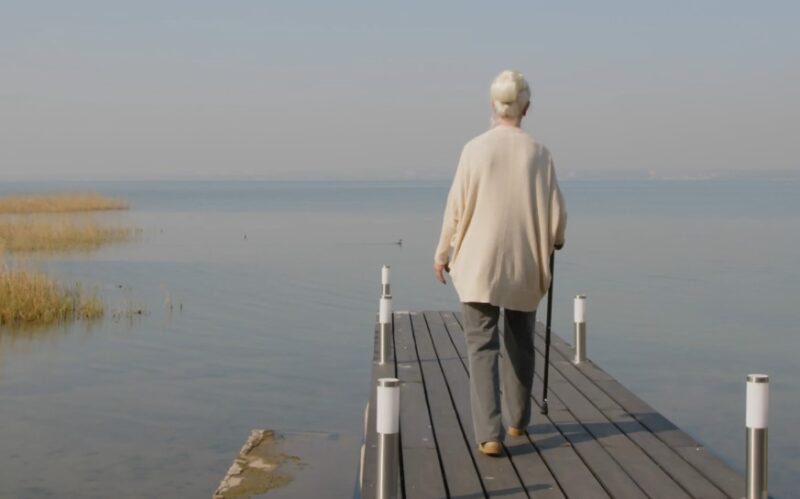
If you or someone you love is thinking about stepping into a wellness mindset later in life, here are a few easy ways to start:
- Pick one habit to focus on for the week, like walking after breakfast.
- Set up a safety net, whether that’s a neighbor check-in or a wearable alert system.
- Celebrate consistency, not intensity.
- Make wellness visible – keep a calendar of movement, mood, and meals.
- Be flexible – some days won’t go to plan, and that’s okay.
Progress doesn’t need to be fast. It just needs to feel possible.
Safety Isn’t a Sign of Weakness, It’s a Strategy
It’s easy to think of safety devices as something you turn to only when you’re frail. But the truth is, smart wellness at any age means planning for what-ifs. For seniors, having that plan in place removes a huge mental barrier, so they can keep doing the things that bring them joy, freedom, and health.
So yes, wellness isn’t just for the young. It belongs to anyone who wants to live fully, laugh often, and feel good while doing it. And for older adults, it starts with safety, not fear.
Related Posts:
- How Can You Start a Career as a Running Coach?
- How Long Does It Take to Train for a Half Marathon?
- Lower Back Pain While Running? Here's What You Need to Know
- How Far Is a Half Marathon? Everything You Need to Know
- Tendonitis, Shin Splints, and Other Common Leg…
- How To Recover From Muscle Inflammation Without Medication
